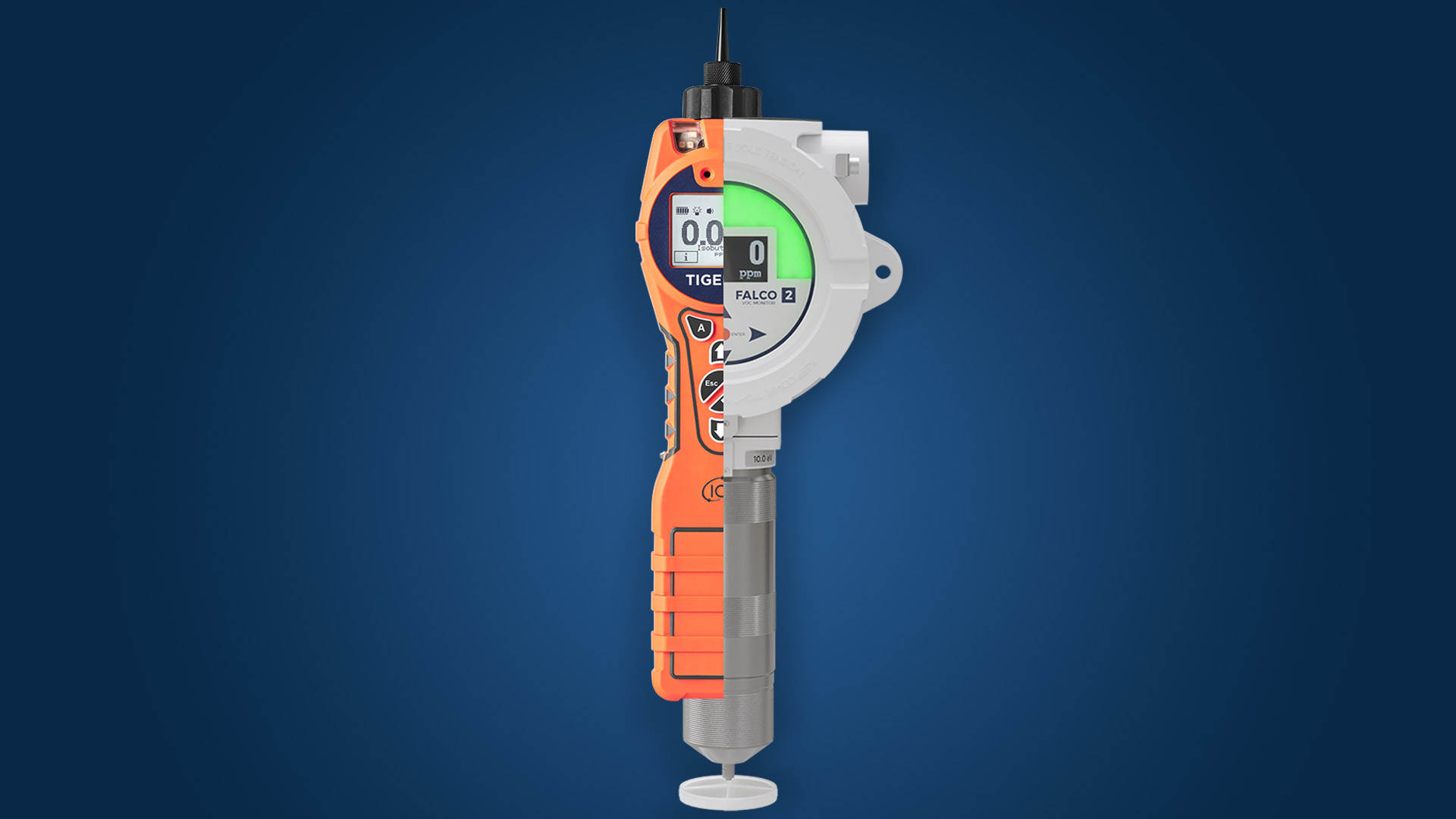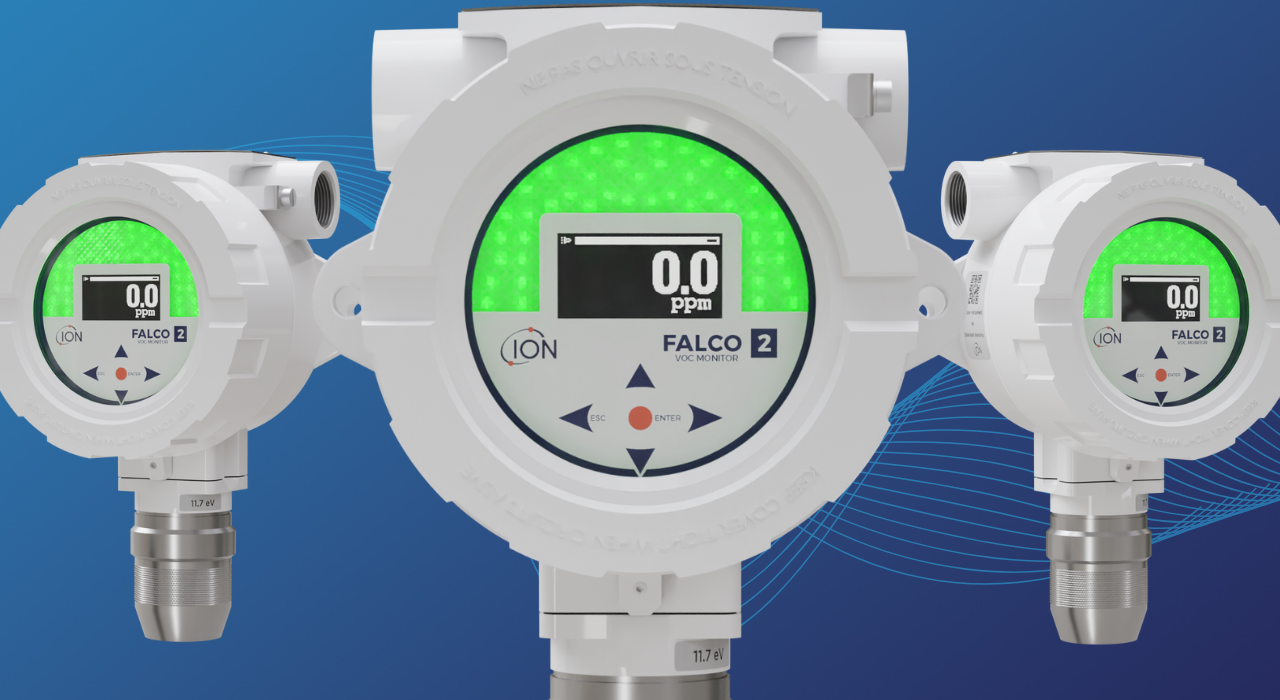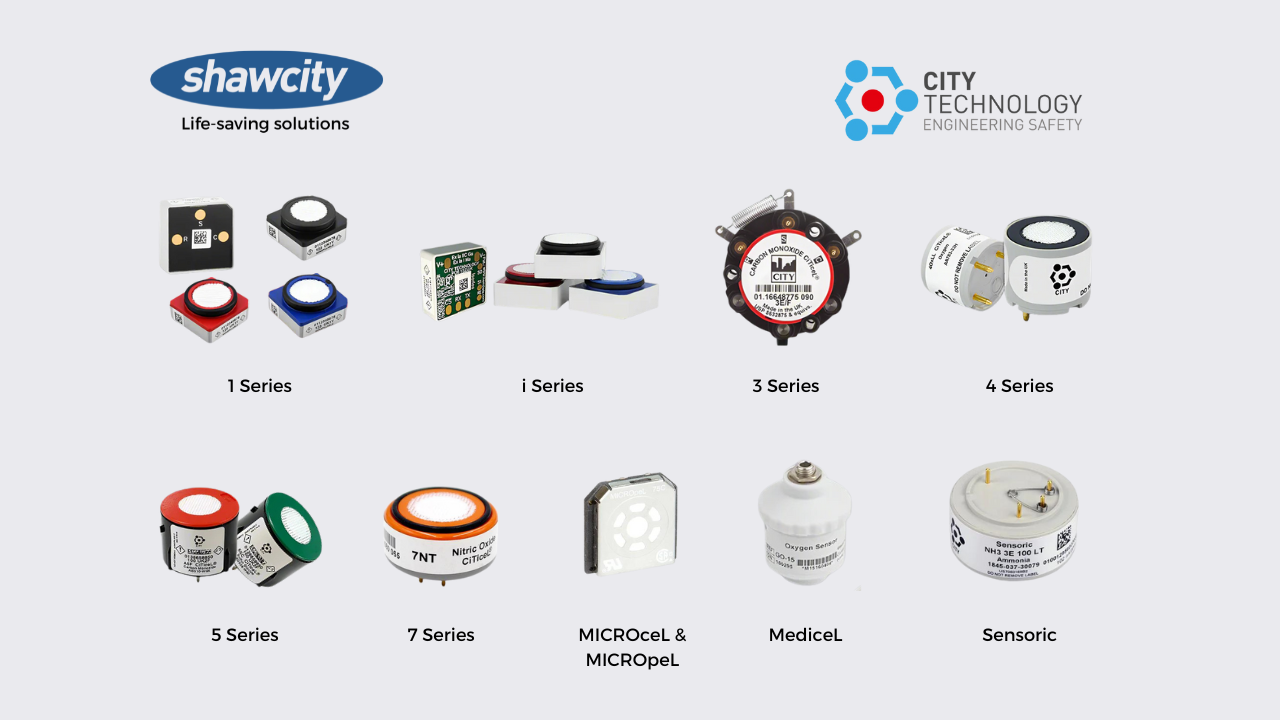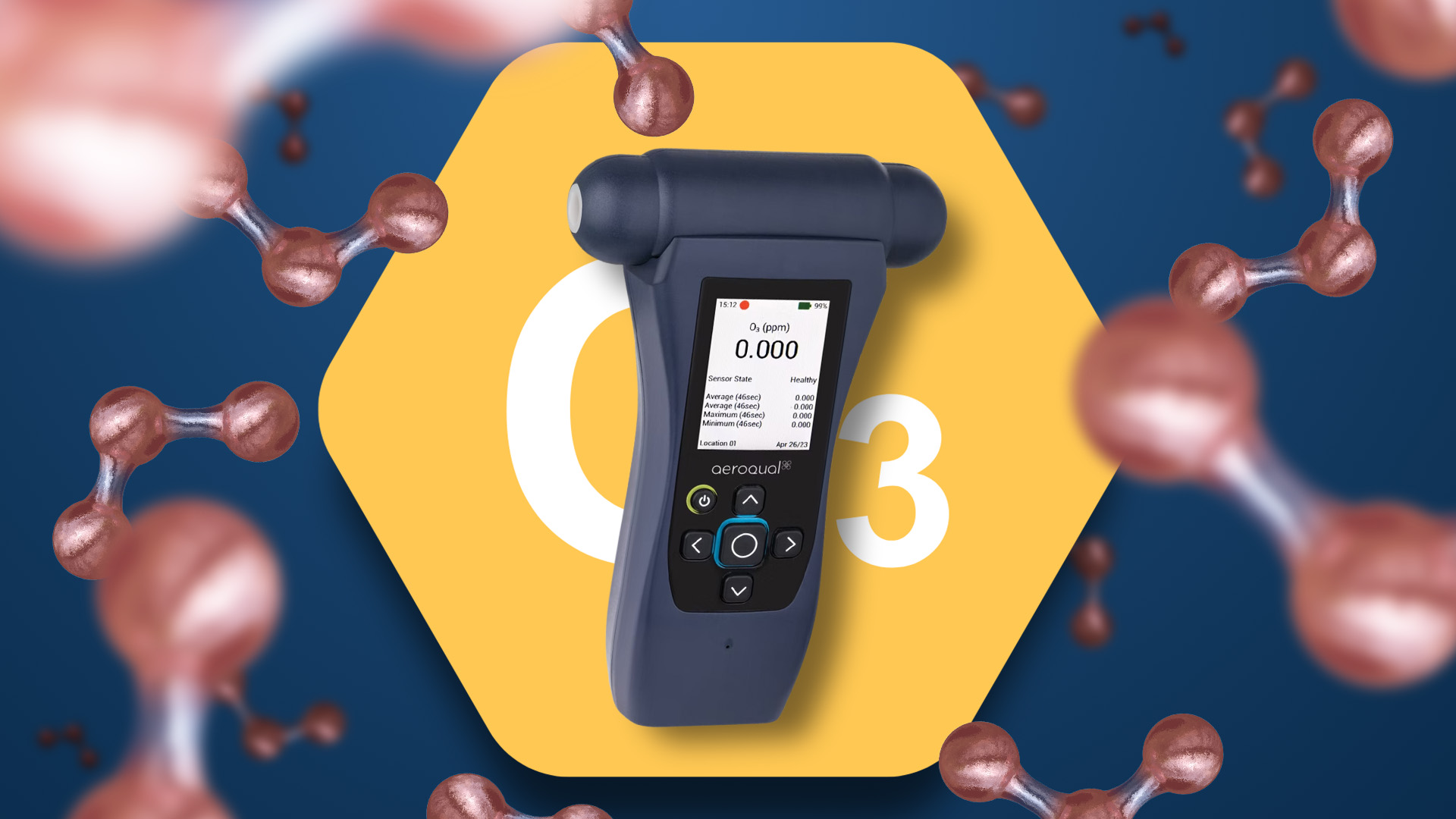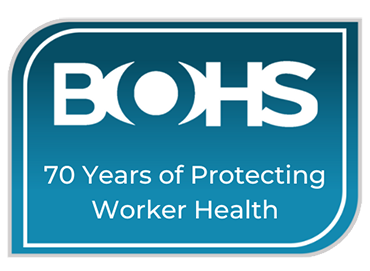Gas detection is essential for ensuring safety in various industries where hazardous gases are present. Whether you’re new to gas detection or looking to enhance your understanding, this guide will explain the fundamentals, how it is regulated in the UK, and why it is critical for workplace health and safety.
What is Gas Detection?
Gas detection refers to the monitoring of environments for harmful or combustible gases. These gases can range from toxic substances like carbon monoxide (CO) and hydrogen sulphide (H₂S) to combustible gases like methane (CH₄), which pose a risk of explosion.
Gas detectors are typically categorised into two main types:
- Personal gas detectors: Portable devices worn by workers, providing real-time monitoring of gas exposure levels.
- Fixed gas detectors: Installed systems that continuously monitor environments to detect gas leaks or dangerous concentrations.
Why is Gas Detection Important?
Ensuring worker safety is a top priority, and gas detection is vital for preventing exposure to harmful levels of toxic or explosive gases. Inadequate detection can lead to serious health problems, including respiratory issues, poisoning, or even fatalities. It also mitigates the risk of fire or explosion caused by flammable gases.
Key Terminology in Gas Detection: A Closer Look
Gas detection involves technical terms that can sometimes be confusing. Here's an expanded list of essential terms:
-
PPM (Parts Per Million)
A unit used to measure gas concentration in the air. For example, if a detector reads 50 PPM of carbon monoxide, this means 50 parts of carbon monoxide in every one million parts of air.
-
PPB (Parts Per Billion)
A more precise measurement than PPM, used for detecting trace amounts of gases. For example, volatile organic compounds (VOCs) such as benzene may be measured in PPB to detect even the smallest amounts.
-
LEL (Lower Explosive Limit)
This refers to the minimum concentration of a gas in the air that can ignite. For example, if methane is present at or above its LEL, it can cause an explosion when exposed to an ignition source. Many gas detectors are calibrated to alert workers when gases approach their LEL.
-
UEL (Upper Explosive Limit)
The maximum concentration of a gas that can ignite. If the concentration of a gas exceeds its UEL, it becomes too rich to burn.
-
TWA (Time-Weighted Average)
The average exposure to a gas over an 8-hour workday. Gas detectors often provide TWA measurements to help assess long-term exposure risks.
-
STEL (Short-Term Exposure Limit)
The maximum concentration of gas workers can be exposed to over a 15-minute period without suffering harmful effects. This limit helps to manage short-term high exposures, which can be dangerous even if they are infrequent.
Understanding these terms will enable workers to interpret gas detector readings accurately and take the necessary actions to maintain safety.
Gas Detection Regulations in the UK
Gas detection is tightly regulated in the UK to ensure worker safety. The Health and Safety Executive (HSE) sets out the guidelines, and EH40/2005 lists workplace exposure limits (WELs) for numerous hazardous substances, including gases. Adhering to these limits is crucial for maintaining a safe working environment.
Some common gases and their UK WELs include:
- Carbon Monoxide (CO): WEL of 20 PPM over an 8-hour time-weighted average (TWA)
- Hydrogen Sulphide (H₂S): WEL of 5 PPM over an 8-hour TWA
- Methane (CH₄): Though methane is not toxic, its explosive properties make it a key gas to monitor.
By adhering to these guidelines, employers can reduce the risk of gas exposure, which can result in severe health effects, including respiratory problems, dizziness, unconsciousness, or, in extreme cases, death.
When is Gas Detection Required?
Gas detection is essential in any workplace where employees may be exposed to harmful or flammable gases. This includes industries such as:
- Oil and Gas: To monitor both toxic gases like hydrogen sulphide and explosive gases like methane.
- Manufacturing and Processing: Where chemicals or gases are used as part of production processes.
- Confined Spaces: Areas such as tanks, silos, or tunnels, where poor ventilation increases the risk of gas accumulation.
In these high-risk environments, gas detection provides early warnings of hazardous gas levels, helping to prevent accidents and ensure worker safety.
The Consequences of Poor Gas Management
Failure to detect and control gas levels can result in significant health and safety risks. Some of the most common risks associated with poor gas management include:
- Asphyxiation: Gases like carbon dioxide (CO₂) or nitrogen (N₂) can displace oxygen in confined spaces, leading to suffocation.
- Poisoning: Toxic gases like carbon monoxide can cause symptoms ranging from headaches and nausea to unconsciousness or long-term neurological damage.
- Explosions: Combustible gases such as methane or propane can ignite if they accumulate beyond safe limits, causing fires or explosions.
Health Effects of Exposure to Common Hazardous Gases
Exposure to different gases can cause a variety of health issues, depending on the gas and the level of exposure. Some examples include:
- Carbon Monoxide (CO): Low levels can cause headaches and dizziness, while high levels can lead to confusion, unconsciousness, and death due to oxygen deprivation.
- Hydrogen Sulphide (H₂S): Exposure to low levels can result in irritation to the eyes and respiratory system, while higher levels can cause loss of consciousness and death.
- Volatile Organic Compounds (VOCs): These can cause eye, nose, and throat irritation, headaches, and in the long term, damage to the liver, kidneys, and central nervous system.
Conclusion
Gas detection is an essential component of workplace health and safety, particularly in industries where exposure to hazardous gases is a risk. Understanding the key terminology, regulations, and potential health impacts of gas exposure can help you maintain a safe working environment. Shawcity offers a comprehensive range of gas detection solutions, including both portable and fixed detectors, to suit any industry. Our team can help ensure your workplace meets all UK safety standards, keeping your workers protected.
For more information on gas detection and safety equipment, contact Shawcity today.
01367 899553
solutions@shawcity.co.uk
